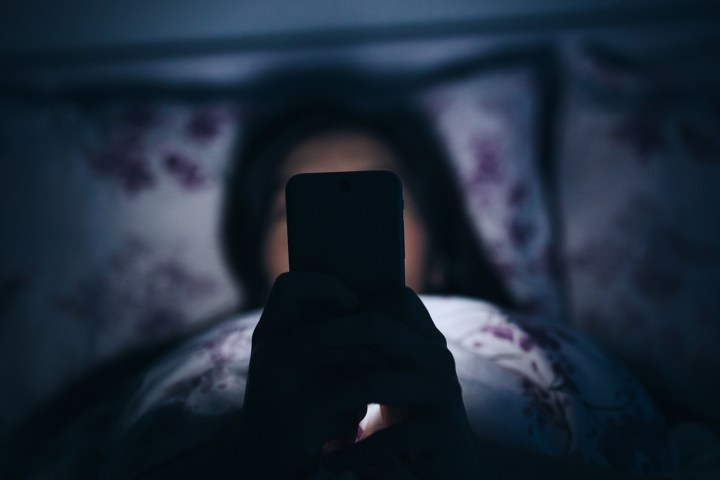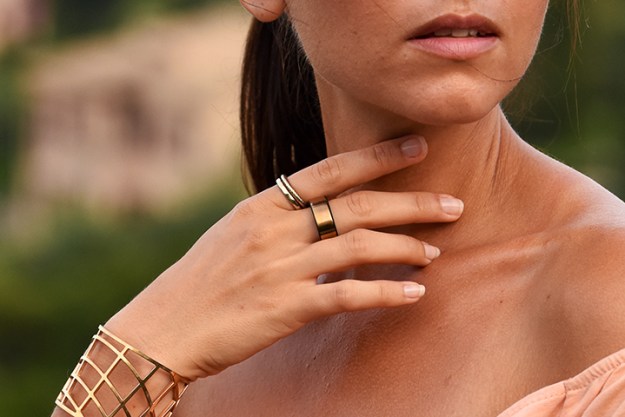
For many people, the grinding pandemic, ongoing protests, and an abrupt switch to remote work have knocked life off-balance.
Work has crept into our bedrooms, we’re spending hours in front of webcams to stay in touch with friends and family, and experiences as ordinary as dining out seem like far-fetched dreams. All of this, coupled with anxiety and uncertainty over our health and the future, has put the world into a state of unrest — both figuratively and literally.
Under these extraordinary times, a good night’s sleep has been hard to come by for many. To understand the looming sleep crisis, its attendant effects on health, and identify solutions you can adapt, Digital Trends spoke with a variety of sleep experts and discovered a rather grim picture of what’s to come.
Coronavirus and the sleep crisis
Beth Nunnington, an England-based public relations director, has a story that might sound familiar. When the pandemic forced her into lockdown, she struggled to stick to a routine and would sit at her laptop for hours, which ultimately took a toll on her sleeping patterns. “I had very vivid and strange dreams and I woke up during the night regularly,” she told Digital Trends.
Nunnington isn’t alone. A study conducted by Sleep Standards, a sleep health research organization, discovered that more than fifty percent of Americans’ sleep patterns have been negatively affected since shelter-at-place orders came into effect. Internet searches related to sleep such as “why can’t I sleep?” and “how to go to sleep” have also nearly doubled since early February, according to SEMrush, a data trends provider.
Dr. Chris Norris, founder and managing editor of Sleep Standards, isn’t surprised, however. He claims that human brains have to deal with and process much more during sleep in such times. “Ruminating about the COVID-19 pandemic, throughout the day and just before going to bed, can work against having a quality and relaxing night’s sleep,” he told Digital Trends.
Many increasingly find it difficult to switch off at the end of the day and no longer associate their beds with sleep.
One of the unexpected factors behind this sleep crisis is that most people simply weren’t prepared for remote work and, due to space restrictions, have had to adapt by turning their bedrooms into makeshift offices. Experts suggest that this shift has blighted our circadian rhythms, an internal system the human body uses to maintain its sleep/wake cycle, as many increasingly find it difficult to switch off at the end of the day and no longer associate their beds with sleep.
Dr. Melinda Jackson, a senior lecturer specializing in the treatment of sleep disorders at the Turner Institute for Brain and Mental Health at Monash University in Melbourne, Australia, warns that this behavior cuts off our “link with the bedroom being a place where we relax and sleep.” Instead, she suggests setting up workspaces away from the bed or, if you don’t have the space or tools for that, take a break between finishing work and winding down for bed.
Keeping work out of the bedroom
The mounting stress that these lifestyle alterations and disruptions are causing has aggravated the situation for existing insomnia sufferers. Research conducted by Jackson reveals that as much as 46 percent of people are sleeping poorly since the pandemic started compared to 25 percent before.
Kyla Sylvers, a New York-based actor and writer, decided to move her desk out of her bedroom to alleviate her insomnia and her tendency to stay up late. However, that hasn’t been quite the panacea she was hoping for. In spite of these efforts, she has had trouble sticking to her schedule.

“I used to suffer from chronic insomnia, so I actually only use my bedroom for sleeping and some early morning stuff. I’ve tried to rework the clock and go to sleep earlier, but it will start up again in a few days, or a week later. I used to be a morning person, and now I’m a night person,” she said in a conversation with Digital Trends.
Similarly, Jamie Knight, an accessibility developer, claimed he was able to sleep better after he relocated his workspace to a spare bathroom and kept his bedroom dedicated for rest and off-hours.
The rise of meditation apps and podcasts
Scrambling to secure a good night’s sleep, a lot of people have turned to meditation and mental wellness services. Apps such as Headspace registered a minimum 25% growth in April, according to data released by mobile analytics firm Sensor Tower.
A spokesperson for the sleep aid app Calm told Digital Trends that daily downloads have doubled and they’ve witnessed an uptick in usage across all of their programs over the last few months.
Bill Fish, managing editor and a certified sleep coach at the National Sleep Foundation, argues that while these apps have proved beneficial to millions of people, “it is extremely important to set boundaries to not use your phone for any other reason, as it is a detriment to your sleep.”
It’s not just apps. Figures for podcasts that center around helping people fall asleep have also soared.
Drew Ackerman, a podcaster who narrates bedtime stories in a somniferous voice on a biweekly show called Sleep With Me, says traffic to his podcast has gradually increased since March and that he has heard “from a lot of listeners whose sleep has been directly or indirectly impacted” lately.
“I have heard from nurses and doctors, grocery store clerks, and small business owners who are having a lot of trouble sleeping. I have heard from people recovering from COVID-19 that have needed either sleep or a distraction as they get well,” he told Digital Trends.
Experts, however, are worried about what kind of lasting health effects these routine irregularities will leave behind as work from home goes mainstream. About 50 million to 70 million Americans already suffer from insomnia and wakefulness disorders according to the National Institutes of Health . Norris warns that the lack of sleep can weaken people’s immunity, which can be especially detrimental until a coronavirus vaccine is developed.
Ultimately, Jackson says one of the most effective methods to combat sleep disorders in these times is to simply set clear boundaries and wind down properly before going to bed. “This means getting off your screens and avoiding social media for those of us who might be getting a bit distressed by current events in the world,” she said.
Editors' Recommendations
- This light bulb can track your sleep and monitor your heart rate from afar
- Taiwan’s anti-coronavirus tech is working wonders. The U.S. should take notes
- Smart lights can elevate your mood while working from home




